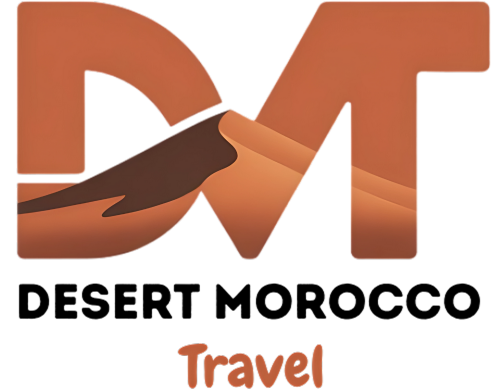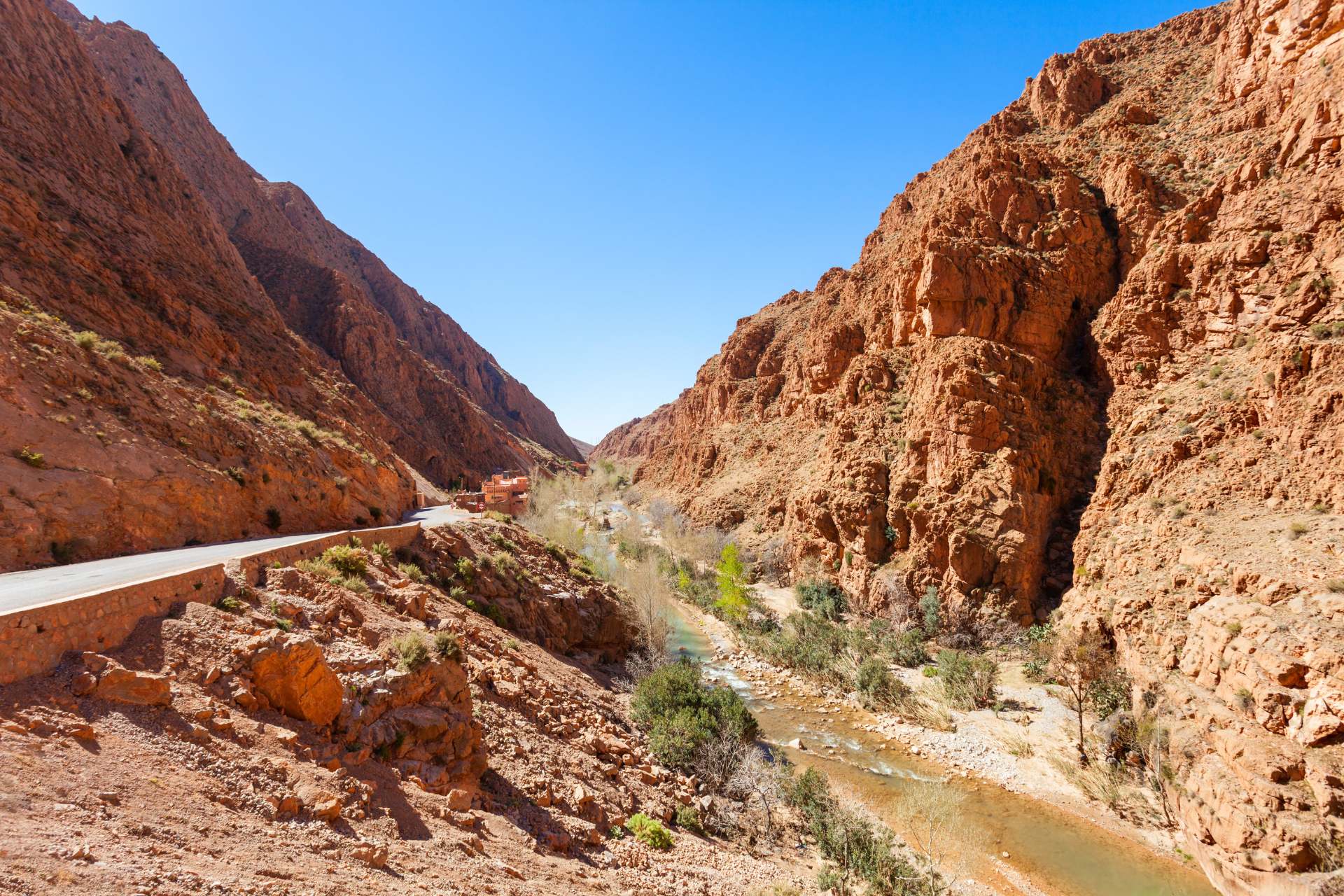Understanding how to travel around Morocco efficiently is one of the most important parts of planning your trip. With a vast and diverse landscape—from the winding alleyways of Fes to the sweeping dunes of the Sahara, from coastal towns like Essaouira to the imperial grandeur of Marrakech—choosing the right transportation method can shape your experience entirely.
In this expert guide, updated for 2025 and 2026, we break down the main travel options throughout the country: private tours, trains, buses, domestic flights, car rentals, and ferries—each with professional insight to help you make confident decisions.
Travel with Private Tours (Recommended)
For first-time travelers or those who value comfort and cultural insight, private tours offer the most seamless way to discover Morocco. At Desert Morocco Travel, we design curated journeys that eliminate logistical challenges and offer deeper connections to the places you visit.
Private tours allow you to: – Visit remote destinations not easily accessible by public transport (such as the Erg Chebbi dunes, Dades Valley, or the High Atlas passes) – Travel in air-conditioned 4×4 vehicles or luxury minivans – Rely on English-speaking local drivers and certified guides – Customize your itinerary and pace
This is particularly valuable when exploring the desert, rural villages, or coastal areas where infrastructure is limited. Whether you’re planning a 5-day cultural itinerary or a two-week cross-country trip, a private tour guarantees security, depth, and efficiency.
Train Travel in Morocco
Train travel in Morocco is one of the most efficient ways to connect major urban centers. Operated by ONCF, the rail network is punctual, affordable, and comfortable.
The Al Boraq high-speed train connects Tangier to Casablanca in just over two hours, with stops in Kenitra and Rabat. Conventional lines extend service to Marrakech, Fes, Meknes, and Oujda.
Trains are ideal for: – City-to-city travel (e.g., Rabat to Fes, Casablanca to Marrakech) – Business travelers or those wanting a quiet and fast mode of transport, While trains do not reach desert or mountain regions, they are a solid base around which you can organize longer journeys by car or private transfer.
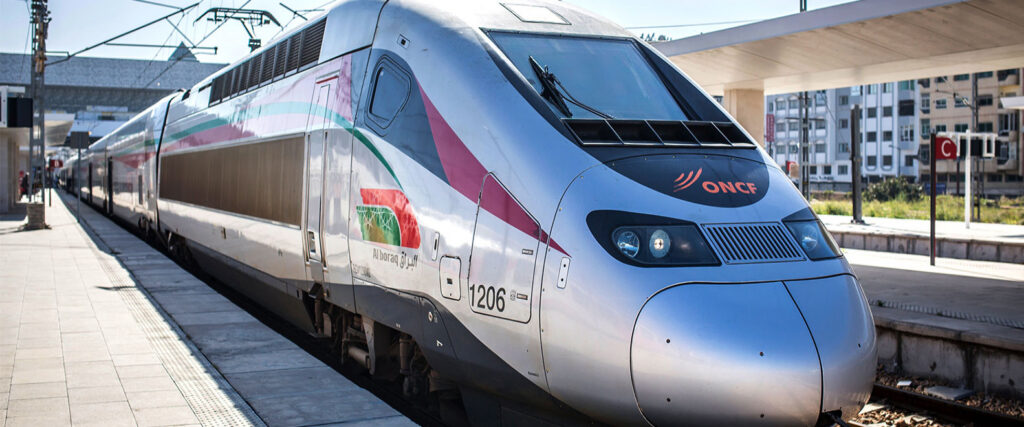
Intercity Buses: CTM and Supratours
For destinations not covered by rail, long-distance buses are the next most reliable option. CTM and Supratours are the two major bus companies offering clean, well-maintained vehicles, pre-assigned seating, and scheduled services.
Popular routes include: – Marrakech to Merzouga (via Supratours) – Fes to Chefchaouen (via CTM) – Casablanca to Essaouira
While more affordable than private transport, buses have limited departure times and fewer stops in rural areas. They are best suited for solo travelers or those with flexible schedules.
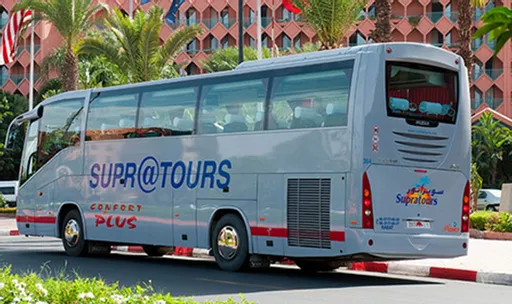
Taxis: Petit and Grand Taxis
Taxis are everywhere in Morocco and come in two forms:
Petit taxis operate within cities. They are color-coded (red in Marrakech, blue in Rabat, etc.) and legally required to use a meter. They’re ideal for short distances but not permitted for intercity travel.
Grand taxis cover regional or intercity routes. These are shared vehicles (usually old Mercedes or Dacia vans) operating on fixed routes and prices. They can also be hired privately. For travelers familiar with the language and customs, this can be a cost-effective solution.
Renting a Car in Morocco
Driving in Morocco offers unmatched flexibility, especially if you wish to explore beyond the standard tourist circuit.
International car rental companies are available in major cities and airports. Roads between major cities are generally well-maintained, though signage may be inconsistent in rural areas.
Things to consider: – A 4×4 is advisable for desert regions or the Atlas Mountains. – Be prepared for roundabouts, toll roads, and varying driving customs. – GPS apps like Google Maps or Maps.me work well with offline downloads.
Car rentals are best for experienced travelers looking to explore independently with a moderate to high budget.
Domestic Flights
Domestic flights are an efficient way to cover long distances within Morocco. Royal Air Maroc and Air Arabia offer regular routes between major cities such as Casablanca, Marrakech, Agadir, Laayoune, and Dakhla.
Flying is ideal when: – Time is limited – You’re traveling between the far north and the deep south – You want to avoid overnight travel by road
Flight availability is increasing post-2025, with more options to southern Morocco and desert-edge cities.
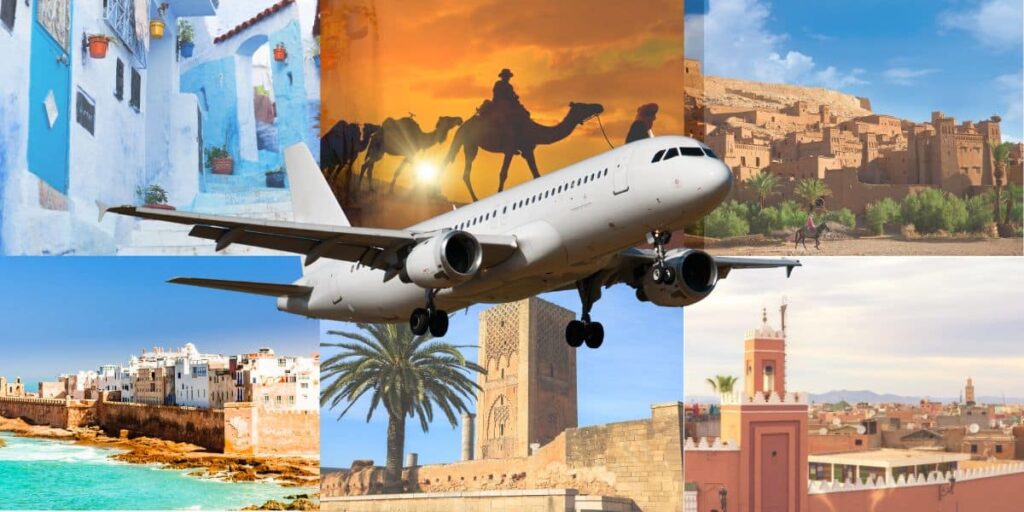
Urban Transport: Trams and Local Buses
Casablanca and Rabat both offer efficient tram networks that are affordable and simple to navigate. Trams are clean, modern, and operate on fixed schedules. They’re ideal for daily commutes or city sightseeing.
Local buses exist in every city but are often crowded, loosely scheduled, and less comfortable. Ride-hailing apps like Careem and Yassir are recommended alternatives in major urban centers.
Ferries to Morocco from Europe
Travelers coming from Spain, France, or Italy can enter Morocco via ferry. The most popular route is between Tarifa or Algeciras (Spain) and Tangier.
Ferries are efficient, especially if you are traveling by car or motorbike. Companies like FRS, AML, and Balearia operate daily crossings with onboard services and flexible booking options.
Final Advice: Choose What Fits Your Journey
Morocco offers a transportation ecosystem that blends modernity and tradition. For major cities, trains and flights offer speed and comfort. For rural exploration, buses and rental cars are practical, while private tours offer the most complete and worry-free experience.
At Desert Morocco Travel, we recommend tailoring your transportation strategy to your route, timeline, and travel style. If you’d like support building your itinerary around the most efficient travel methods, our team is happy to assist.
Wherever your journey takes you, travel smart—and travel well.
